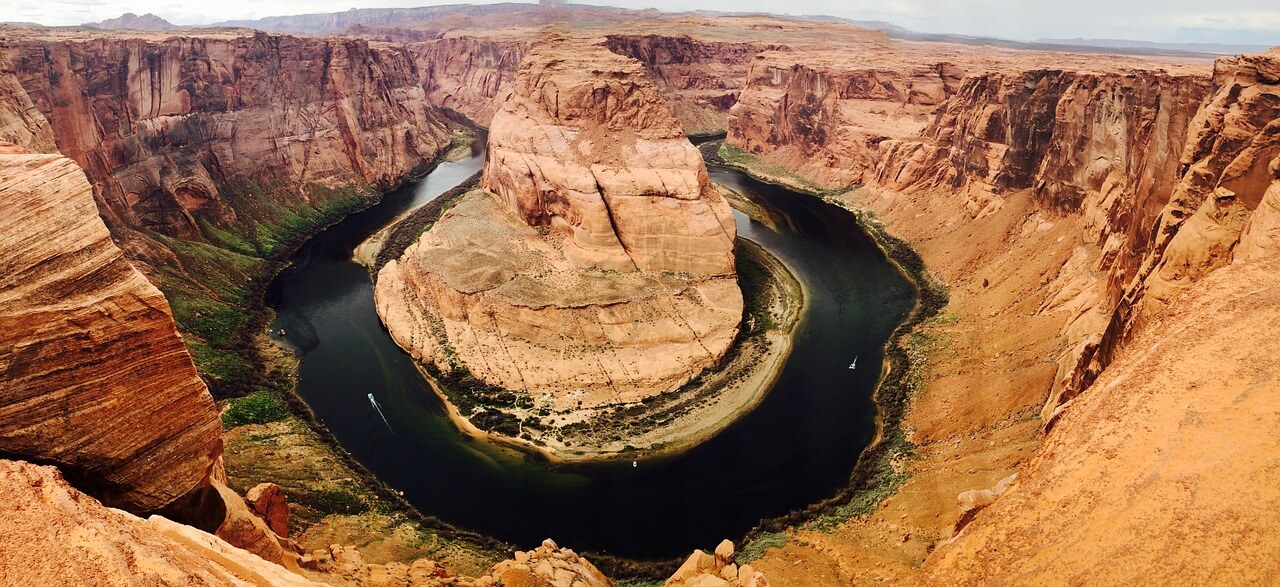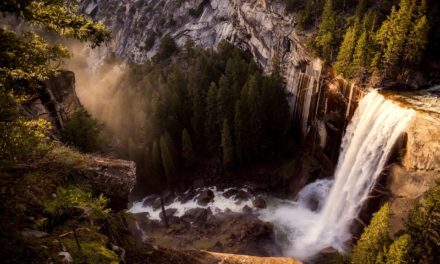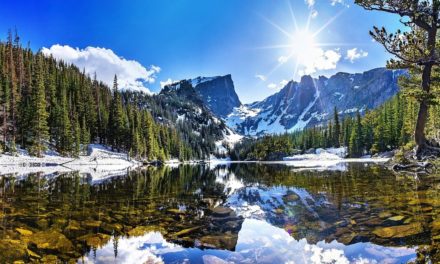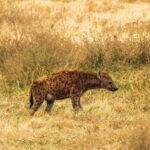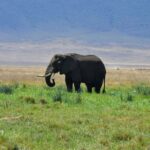Table of Contents
Overview / About the Park
Few places on Earth match the scale and drama of Grand Canyon National Park in Arizona. Carved by the Colorado River over millions of years, the canyon stretches 277 miles long, up to 18 miles wide, and plunges more than a mile deep.
It’s not just a landscape it’s a geologic storybook, revealing two billion years of Earth’s history in its layered rock walls.
A UNESCO World Heritage Site, the Grand Canyon attracts millions who come to stand at the edge of something vast, timeless, and humbling.
Wildlife & Nature
The park’s size and elevation range create a mix of ecosystems from desert scrub to pine forests.
Common wildlife includes mule deer, elk, bighorn sheep, California condors, and raven flocks that glide over the cliffs.
Coyotes and bobcats wander the rims, while ringtails and mountain lions stay elusive.
The canyon itself supports desert plants like agave, yucca, and prickly pear cactus, while the North Rim shelters dense forests of fir and aspen.
At sunrise or sunset, the canyon glows in shifting reds, golds, and purples a moment that feels almost spiritual.
Experiences & Activities
- Scenic Viewpoints: Watch the canyon’s colors change from sunrise to sunset at Mather Point, Hopi Point, and Desert View.
- Hiking: Classic trails like the Bright Angel Trail and South Kaibab Trail descend deep into the canyon, offering unforgettable views.
- Rim Trail: A relatively easy path along the South Rim with panoramic overlooks.
- River Rafting: Multi-day adventures on the Colorado River mix rapids, beaches, and towering canyon walls.
- Helicopter or Airplane Tours: A bird’s-eye view of the canyon’s vastness and hidden corners.
- Mule Rides: Historic mule treks descend into the canyon, some even overnighting at Phantom Ranch.
- Visitor Centers: Stop by the Grand Canyon Visitor Center or Yavapai Geology Museum to understand the park’s deep-time story.
Best Time to Visit
- Spring (March–May) and Fall (September–November) are ideal, with pleasant temperatures and fewer crowds.
- Summer brings heavy visitation, heat, and thunderstorms especially on the South Rim and inner canyon.
- Winter is peaceful and snowy at the North Rim, which closes from mid-October to mid-May due to weather. For photography, early morning and late afternoon light best reveal the canyon’s layers and depth.
How to Reach & Park Entry
- By Air: The nearest major airport is Flagstaff Pulliam Airport (80 miles) or Phoenix Sky Harbor International Airport (230 miles).
- By Road: The South Rim is accessible year-round via Highway 64 from Williams or Flagstaff.
- By Train: The historic Grand Canyon Railway runs daily from Williams, AZ, to the South Rim.
- Entry Fee: $35 per vehicle, valid for seven days.
- Shuttle Buses: Free shuttles operate across the South Rim, reducing congestion and emissions.
Where to Stay / Camping Options
Inside the Park (South Rim):
- El Tovar Hotel, Bright Angel Lodge, and Yavapai Lodge offer classic canyon stays.
- Mather Campground for tent and RV camping (reservations recommended).
- Phantom Ranch: The only lodging at the canyon floor, reached by foot, mule, or raft book well in advance.
- North Rim: Grand Canyon Lodge and North Rim Campground offer more solitude and cooler weather.
- Nearby Towns: Tusayan and Williams have additional hotels, motels, and RV parks.
Travel Tips / Safety Notes
- Stay hydrated the dry air and elevation can dehydrate quickly.
- When hiking into the canyon, plan for double the time coming up. Heat and steep climbs can be dangerous.
- Wear sturdy boots, use trekking poles, and bring electrolytes for long hikes.
- Check weather conditions and trail closures before setting out.
- Lightning is common during summer storms avoid exposed overlooks when thunder rolls.
- Always leave no trace the canyon’s delicate environment depends on it.
Packing List
- Lightweight, breathable hiking clothes
- Wide-brimmed hat and sunscreen
- Refillable water bottles or hydration pack (minimum 3L for long hikes)
- Sturdy hiking boots
- Sunglasses and lip balm
- Snacks or energy bars
- Map or GPS (limited signal in the canyon)
- Flashlight or headlamp
- Layered jacket (temperatures drop sharply at night)
- First-aid kit and electrolyte tablets
Visitor Statistics
Grand Canyon National Park welcomes around 4.7 to 5 million visitors each year. The South Rim receives the vast majority of travelers, while the North Rim sees less than 10% of that number, offering a quieter experience. Despite the crowds, much of the park remains wild and untouched over 90% is managed as designated wilderness.
Conservation & Responsible Tourism
The Grand Canyon is a fragile desert ecosystem facing challenges like erosion, climate change, and visitor impact.
To protect it:
- Stick to marked trails and avoid walking near cliff edges.
- Use refillable bottles water stations are provided across the park.
- Dispose of waste responsibly and minimize single-use plastics.
- Respect wildlife never feed or approach animals.
- Support sustainable tourism and Native-led cultural programs that honor the canyon’s heritage.
Grand Canyon National Park is more than a view it’s a humbling reminder of time, patience, and natural power. Standing at its rim, you don’t just see a canyon; you feel the heartbeat of the Earth itself.

